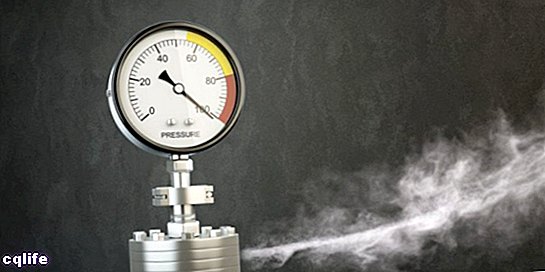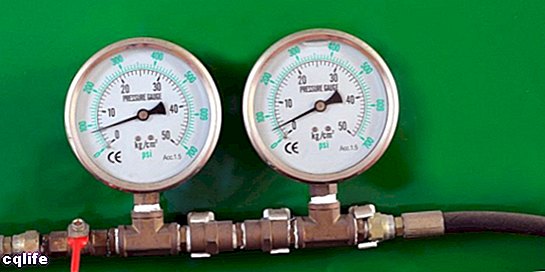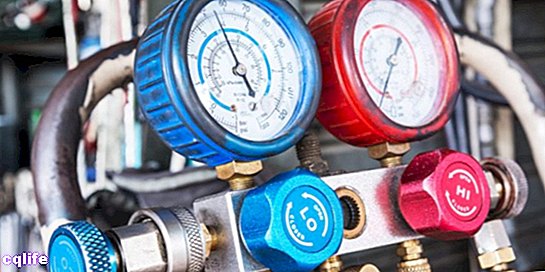We explain what pressure is and the types that exist. Also, examples of this physical magnitude and its relationship with temperature.

What is pressure?
Pressure is a scalar physical quantity represented by the symbolp, which designates a projection offorce exerted perpendicular to a surface, per unit area.
Pressure relates a force of continuous action and a surface on which it acts, which is why it is measured in the International system (SI) in pascals (Pa), each equivalent to one newton (N) of force acting on a square meter (m2) Of surface. In the English system, on the other hand, the measure of pounds (pounds) per inch (inches).
Matter is commonly subjected to different pressures. For example, a gas within certain volume it will exert more pressure if the temperature is increased. In general, changes in pressure to which matter is subjected can force it to change State of aggregation, that is, go from gas to liquid, for example, as is often done with hydrocarbon gases.
Other units measurement pressure include bar (10N / cm3), the atm or atmosphere (equivalent to about 101325 pa), the Torr (equivalent to 133.32 pa), and millimeters of mercury (mmHg). The apparatus designed to measure pressure is known asblood pressure monitor.
Pressure types

Pressure can be classified according to the following types:
- Absolute It is the pressure exerted on a body by the action of some element, plus the atmospheric pressure it undergoes (all bodies on the planet are subjected to atmospheric pressure).
- Atmospheric. It is the pressure exerted by the whole mass of gases in the atmosphere on the earth's surface and on everything that rests on it. As one rises with respect to sea level (in an airplane, or going up a mountain), the atmospheric pressure decreases since there is less mass of air About us.
- Gauge. It is the pressure that exists above the atmospheric pressure value. Also called relative pressure, its value corresponds to the difference between absolute pressure and atmospheric pressure. Relative pressure is measured using a pressure gauge (hence its name) and is the one most commonly used in everyday life.
- Hydrostatic or hydrodynamic. It is the pressure experienced by fluids, both due to the weight of the fluid itself at rest (hydrostatic), as in constant movement (hydrodynamics). Usually a mean pressure is calculated between the two.
Examples of pressure

Pressure cookers are designed to soften food quickly.
Some everyday examples of the action of pressure can be:
- Pressure cookers. These pans specially designed to soften food quickly operate on the basis of a strong grip between lid and pan that, by increasing the temperature and, therefore, the pressure of the content, makes the food soften faster.
- Refrigeration. Freezers and other refrigeration appliances operate by circulating aliquid or gas under pressure through a pipe. By means of a circuit in which the pressures increase and decrease (increasing and decreasing also the temperature of the surrounding liquid or gas), the refrigeration apparatus removes the heat on contact.
- Hydraulic brakes. Designed to prevent car and other vehicle rollovers, they work by keeping brake fluid pressure high or low as required at the time, to smooth braking action and minimize the risk of skidding and rollover.
- The immersion. Being under theWaterFor example, when diving, the action of the water mass on the body is perceived as a more intense form of pressure. This can lead to physical damage when you are miles below the surface.
Pressure and temperature

Pressure and temperature are intimately connected. When a substance compressible (such as a liquid or, better yet, a gas) is subjected to high pressures that force its particles (ordinarily dispersed) to approach each other and to vibrate with greater speed, there is an accumulation of Energy which is usually released as heat. Indeed, the higher the speed of the particles, the higher the temperature.
This relationship is described by Gay-Lussac's Law, which establishes a direct ratio between the pressure of a fixed volume of an ideal gas and its temperature, according to the formula:
P / T = k
Where P is pressure, T is temperature, and k is a constant.
